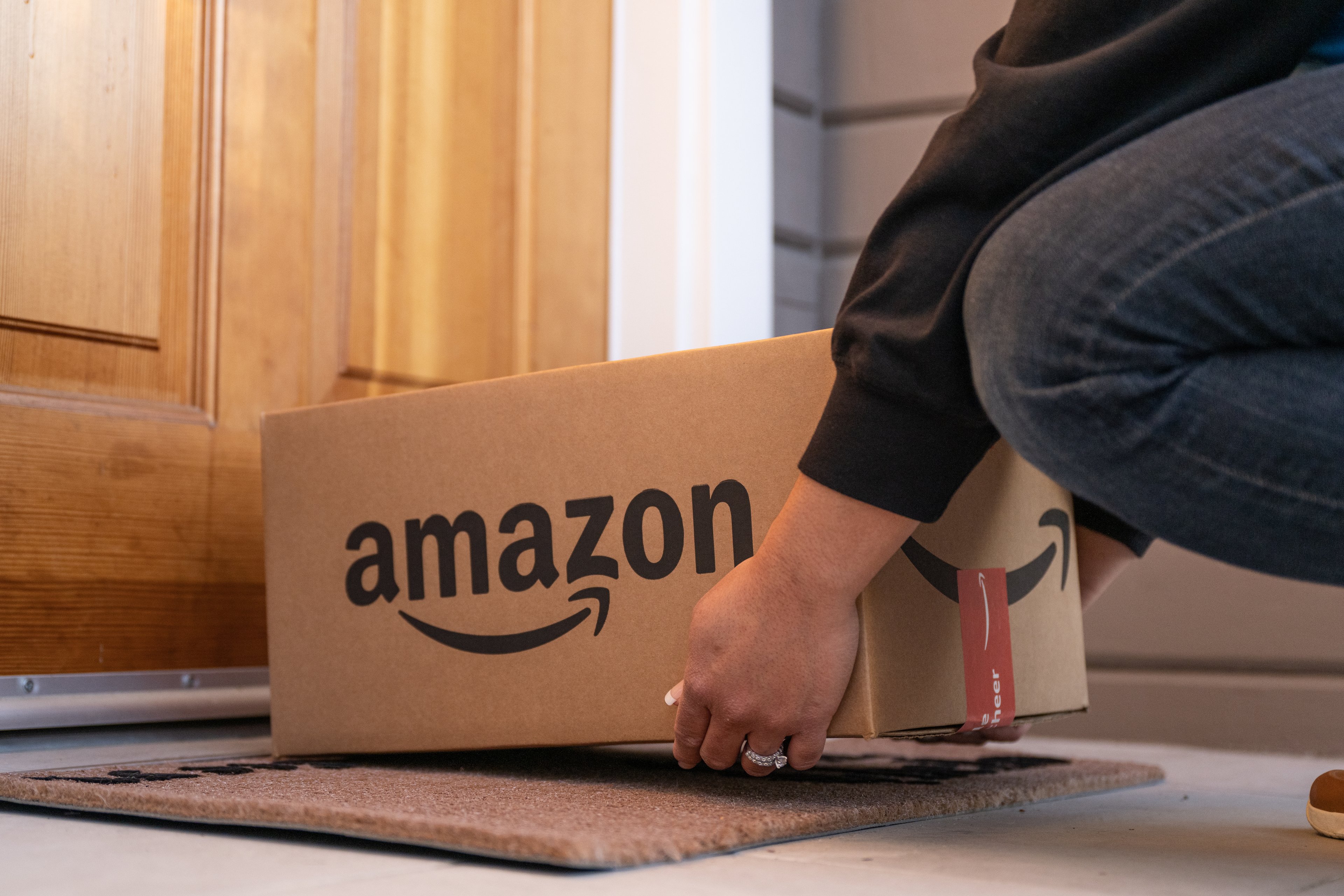Amazon (AMZN 0.58%) already challenges supermarkets in a number of ways, including offering grocery delivery in an ever-growing number of markets through its Fresh service. And, of course, the chain will be stepping up its grocery game when it completes its $13.7 billion purchase of Whole Foods Market, a deal expected to close before the end of 2017.
The online leader also has its sights set on two other food markets. First, it has been using AmazonFresh in some markets to offer meal-prep kits, like the ones sold by Blue Apron. That's a logical move since meal kits are nothing more than fresh ingredients sold in pre-portioned packages coupled with a recipe.
Amazon's second food effort, however, is much more exotic, The retailer has been testing ready-to-eat meals that don't require refrigeration.
Upgrading MREs
Known as MREs (meals, ready-to-eat), this type of meal has been used by the military for situations where soldiers don't have access to refrigeration. Known more for convenience than taste, MREs have also been marketed to everyone from campers to survivalists planning for the end of the world.
According to Reuters, Amazon has been working with a start-up called 915 Labs that has been working with a new technique for preparing MREs developed by researchers at Washington State University. Called microwave assisted thermal sterilization (MATS), the process involves sealed food packs being placed in pressurized water, then heated with microwaves.
While that sounds unappetizing, it's actually a more effective method than using pressure cookers, which is how military MREs are created. The MATs method preserves the food's original flavor and texture, 915 Labs told Reuters. In addition, the finished product has a shelf life of a year, making it easier for a company like Amazon to inventory, sell, and ship than traditional, perishable foods.
Why is Amazon doing this?
The cost of selling MREs produced with MATS technology would reportedly be much cheaper than traditional takeout. Amazon, which has not commented on the Reuters story, could in theory offer ready-to-eat meals through its existing two-day, one-day, two-hour, and one-hour delivery channels that would be an alternative to other food delivery options.
The challenge for Amazon, even if the technology works well, is creating a demand for this type of meal. MREs have generally been considered survival food, not an alternative to getting takeout from the growing variety of options most American consumers have.
Still, even with all of those choices available, the frozen foods market in the U.S. was nearly $52 billion in 2015, according to Grand View Research. Of that total, 35% was frozen meals, and both the total as well as the frozen meals segment are expected to keep growing through 2024.
Could this work?
While it seems like a novelty, there was a point when frozen pizza or microwaveable meals were viewed the same way. If Amazon can work with researchers to develop MREs that match, or at least approach, the quality of takeout meals, frozen food, and other convenient choices, it's possible the company could create a new category. The online retailer could easily build a market simply by offering samples to customers looking for added convenience and lower prices.






